|
It’s important to go to the Mountain. In this case, that’s Graceland. Other than the White House, it is the most visited home in the U.S., with about 600,000 annual visitors. Elvis Presley bought this house and lived here until he died at the ripe old age of 42. I had never been to Graceland until last week. It was well worth the wait. Let’s get some things clear right up front. I like Elvis, but his real moment in the sun as a musician happened before I was born. I remember watching him when I was a kid in some of his cheesy movies on Saturday afternoons, but I don’t remember anything about his early rock ‘n’ roll days. Bands from the 60s resonate a lot more with me. But I still have TREMENDOUS respect for the King. I’ve listened to his songs many times, and watched enough bio-pics on the dude to understand just what a phenomenon the guy was. I won’t pretend to be a know-it-all about Elvis. I haven’t seen all 31 of the movies he starred in, don’t know how many gold records he has, and don’t remember him impacting U.S. popular culture the way my elders do. By the time I was getting conscious about music and pop culture, Elvis was already a huge established star. Many others have spilt tons of ink researching and writing everything you would ever want to know about Mr. Presley, and I’m just not going to get into all of that. Here’s the lowdown, BRP style. Elvis basically took a lot of black and hillbilly music and turned it onto the greater white world. But it wasn’t a conscious, calculated move. He was raised poor in Tupelo, MS before moving to Memphis with his folks, and he listened to the Grand Ole Opry every Saturday night, went to church and heard gospel music, and was living in Mississippi at a time when great bluesmen were playing their songs. He basically just took the influences that were all around him and emulated them. And it’s not like he wrote his own music anyway. Elvis thought of himself as a ballad singer, and he was a great one, but I remember him as a rocker. Nonetheless, the guy had great natural talent, charisma, boyish charm, and oozed sex appeal at a very prudish time in our history. You can’t give him too much credit for popularizing rock ‘n’ roll. We forget sitting here in 2019 how narrow the world was back in the early 1950s. There was basically no TV, no internet, limited movies, and limited radio. You got what you got, and there was still tremendous regional variation throughout the country. To put it in perspective, much of the rural south was ruled by Jim Crow, and was just getting electricity. It was not unusual for homes in rural America to have outhouses and no electricity. In the South, church was the center of life, not only as a place of worship, but as a place of companionship and fellowship. And Mississippi was dirt poor with sharecroppers picking cotton in the fields and singing call-and-response gospel and blues tunes like slavery had never ended. That, along with the Grand Ole Opry radio show, were huge influences. But it was also the post-war period, and things were looking up. Moving to Memphis allowed Elvis to be exposed to a lot more opportunities than in rural Mississippi. And the boy could sing. Nonetheless, there were no rock ‘n’ roll role models out there. When asked why he danced and swung his hips when he sang, Elvis said that he wasn’t even aware he was doing it; he was just feeling the music. Whatever, once he got Sam Phillips to believe in him and start recording his songs, he burst on the scene. Not only did he become a regional hotshot, he got national airplay and was ominpresent. The string on number one hits is amazing, as is his move into movies and television. Maybe Col. Tom Parker was an exploitive SOB, but he was also a marketing genius, and he built Elvis into an icon and international star. And part of the story of Elvis is so non-traditional that it blows your mind. At the height of his musical popularity, he did what no rock star would ever do these days: he took a few years off and served in the military. For real? Yep. Sure, he was drafted, but he served. Once Elvis hit it big, he started to get rich very fast. Well, maybe not very rich, but for a poor dude, he was rolling in bucks like he never dreamed. Thus Graceland. A previously owned home on acres of ground in south Memphis, he turned it into his home where he lived with his parents, his wife Prisciilla and his daughter Lisa Marie. That is, until he got divorced and his ex-wife and daughter split for Southern California. Let’s get a little lowdown on the Graceland experience circa 2019. First, the area surrounding Graceland is, well, derelict. You wouldn’t go there unless Graceland existed. It’s cruddy and poor and simply not very nice. And then, all of a sudden, there sits a big-ass new hotel right on Elvis Presley Boulevard which is owned by Graceland. Across the street, you are directed to park and you enter the Graceland complex. We’re old and get up early most days, and have learned that, like the marines, it’s best to be first on the beach when going to popular tourist attractions. We got there a few minutes before the place opened, got our tickets, and started the tour. In case you were wondering, you have a bunch of choices with your ticket options, and they are all kinda pricey. We opted for the Elvis Experience, which gets you into Graceland the house, all the museums, and into the airplanes. How much? $65 per person. Ouch! You enter the Graceland complex in the middle of a big group of not-very-attractive buildings which house the ticket office, a theater, a bunch of museums, 4 restaurants, a live music venue and acres of $10 per car parking. I think you can camp there, too, as the number of RVs on premises at 9 in the morning was impressive. Once you have your ticket, you get in line to see a quick and very good intro film (about 8 minutes long) that recounts Elvis’s career (but with none of the bad parts). Then you go outside, get on a jitney bus, and head over to the mansion itself. They give you an iPad and headphones as the tour of the house is self-guided. The iPad is good and works well, with lots of side information available if you want it. You aren’t rushed through the house, but it’s crowded because the house itself isn’t very large. I don’t know the square footage, but I’ve been in bigger houses many times on the Main Line. Here are some pictures of the experience and of the back of the house. I took a ton of pictures, but am only showing the outside ones. There was a sign that said you could take as many pics as you want, but couldn’t put them up for “commercial” use. As you know, BRP is a de facto non-profit, nay a money loser, but I’ve come across these serious types before – read my Taylor Swift post for more on that – and Graceland is nothing if not a serious effort to part you with your money. I’m not going to tempt fate, but if you’re interested, swing on by my house and I’ll show you the inside pictures – they’re cool and worth putting up with me for a while (well, that’s a big statement, but you get the point). With the Elvis Experience, you get lots of Elvis information, but only if you’re looking for the good and flashy side of him. You get nothing on Col. Tom Parker (I think I saw his name mentioned once even though he managed Elvis’s career his entire life and at one point took 50% of everything), you hear nothing about Elvis’s slide into depression and drugs, and there is precious little about his divorce and post-divorce years. And of course, you get zero information on who now owns Graceland (from what I can tell, it’s Lisa Marie and maybe some other company that bought Elvis’s name/likeness from his estate). By the way, the internet estimate of Lisa Marie’s net worth is $300 million, and Elvis was worth all of $5 million when he died. If you think about that, and how much he is estimated to have generated during his lifetime ($1 billion is the estimate), well, someone was getting fleeced. Still, Elvis had money to spend. He decorated the house in the manner of a poor kid done good. Some of it is tacky, some nice, some crazy (the jungle room) and some extravagant (the racketball court complete with lounge). He bought cars, motorcycles, modified snowmobiles, and all kinds of other toys. Elvis had a small jet and big touring plane that was decked out to the nines. And he was a generous soul, constantly giving money to those in need and to worthy causes. You come away from Graceland thinking that he was a fun loving, good guy, and that fame boxed him in, but he was free at Graceland. You also find out that he had some odd habits. One was that he had a police car light, and would occasionally pull people over and give them a safety tip. Can you imagine that happening today? Me either. We spent about 3.5 hours at Graceland. On an hourly basis, that admission fee isn’t so bad after all. It was well done, very slick and “corporate,” but also chock full of great Elvis memorabilia. I’m going to show the wall of gold records because it’s about 50 feet high and they used every square inch of it. It’s highly impressive. But they also had a bunch of his cars and motorcycles, stage outfits, a big thing on Elvis in the military, an area devoted just to his Hollywood days, and lots of other artifacts. It was slim on video, but that’s what YouTube and BRP are for, right? Yes, we went to the Mountain. It was important. It was worth it. But Graceland is like the Everest of rock locations. The Lewis Ranch, which I’ll talk about in another post shortly, is more like one of the forgotten Himalayan peaks that, on their own, are mind-blowing, but in reality are always in the shadow of Everest/Graceland. Maybe that’s for the best.
0 Comments
Leave a Reply. |
AuthorMy name is Bill, and I live in the greater Philadelphia area. I love music, and I have a lot of opinions. This site is primarily focused on music, but sometimes I get off track. I hope you enjoy. Archives
November 2020
|
Photos from George M. Groutas, wonker, Me in ME, SchuminWeb
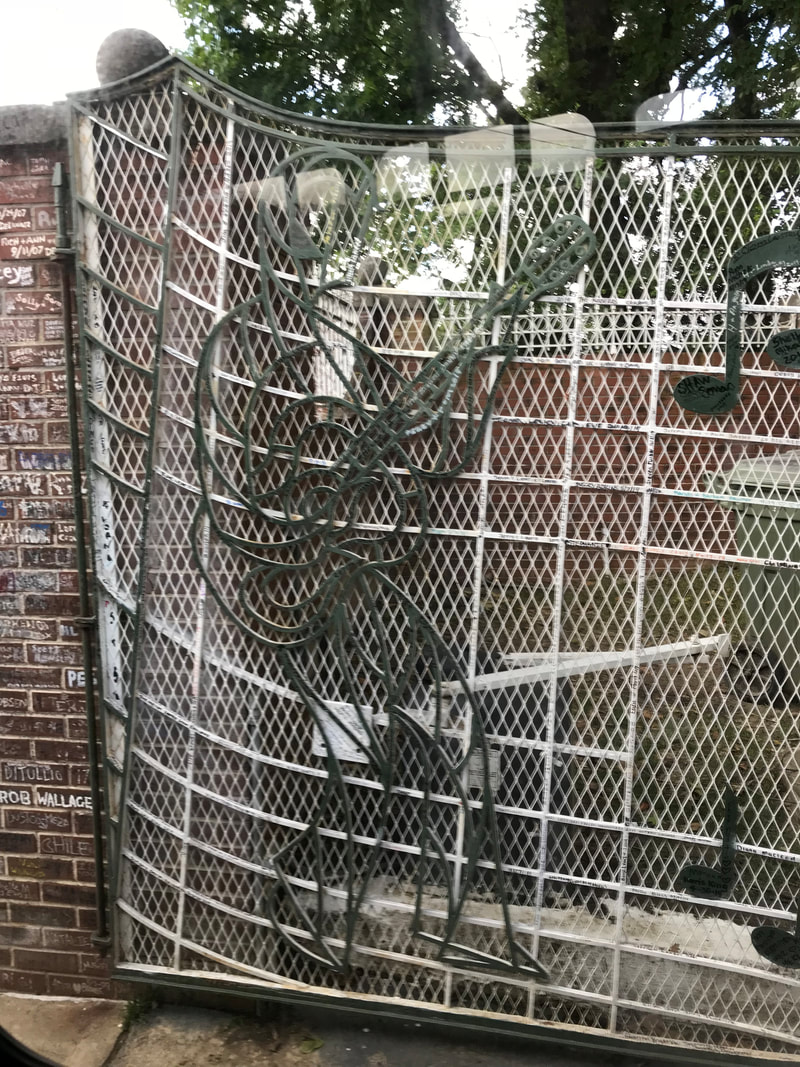
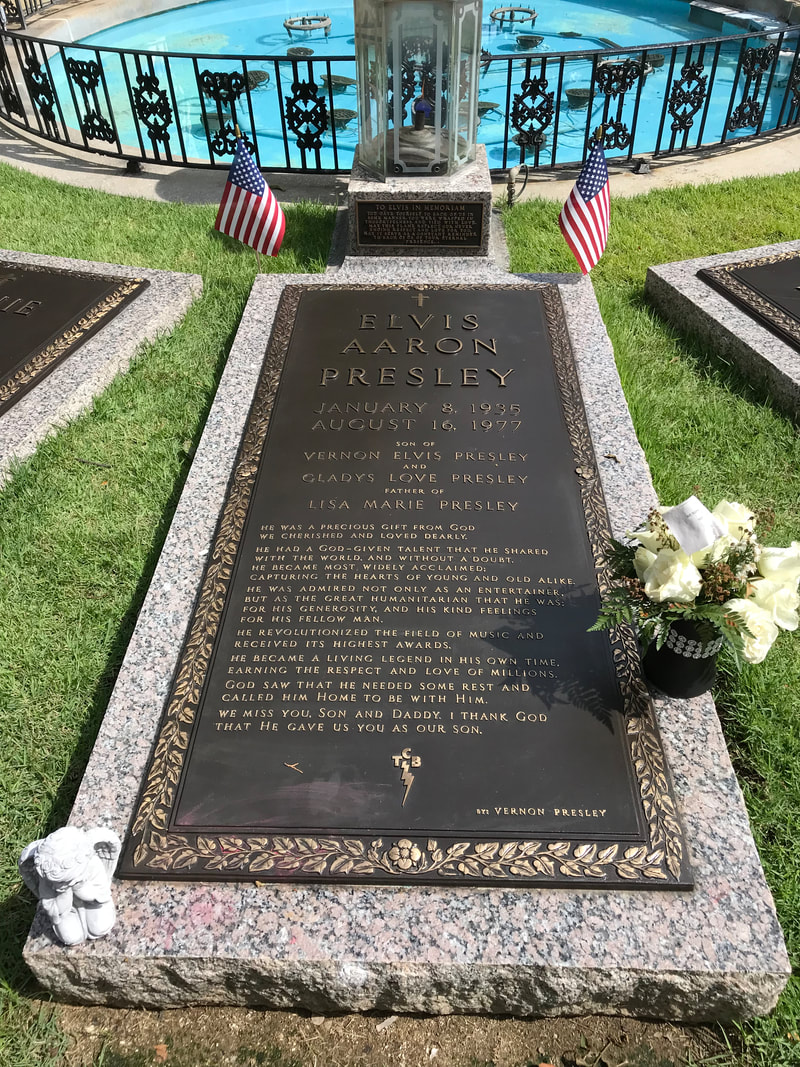
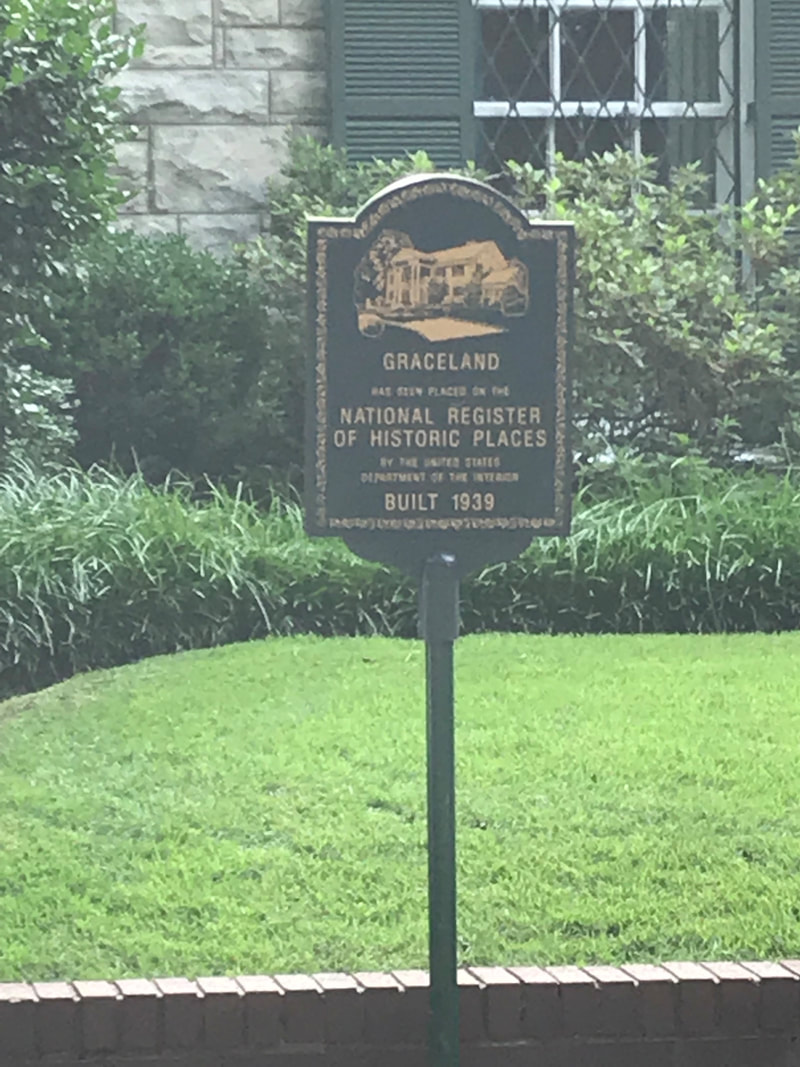
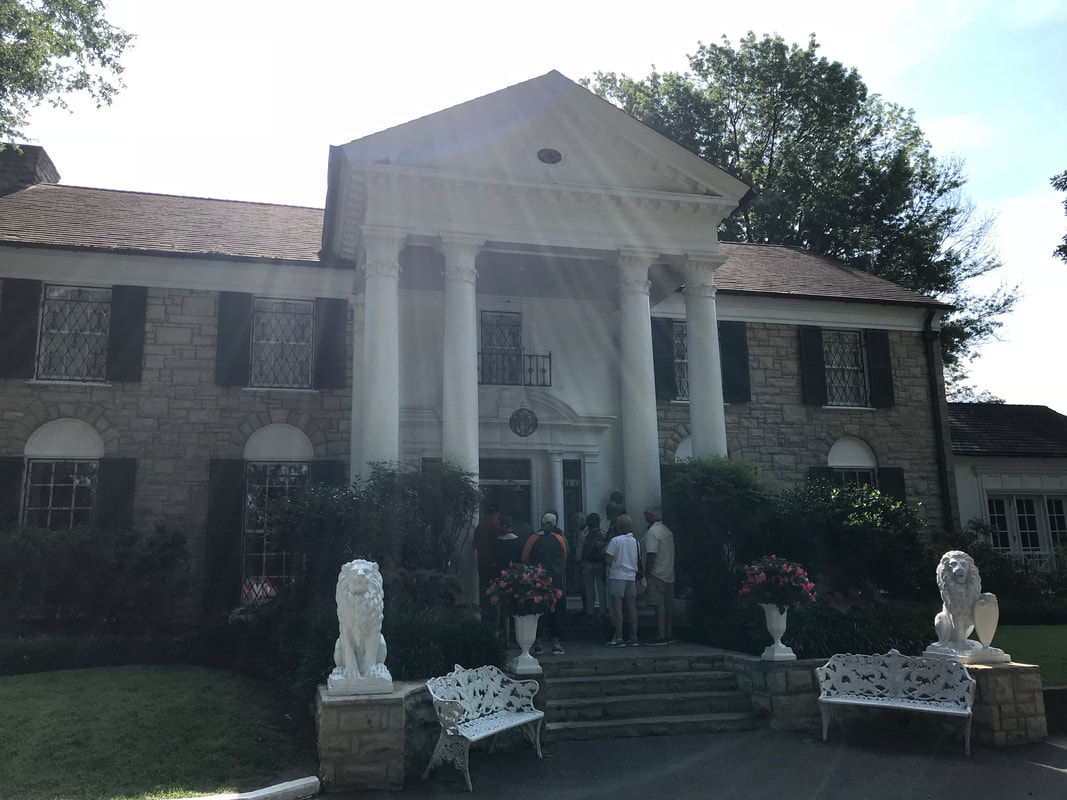
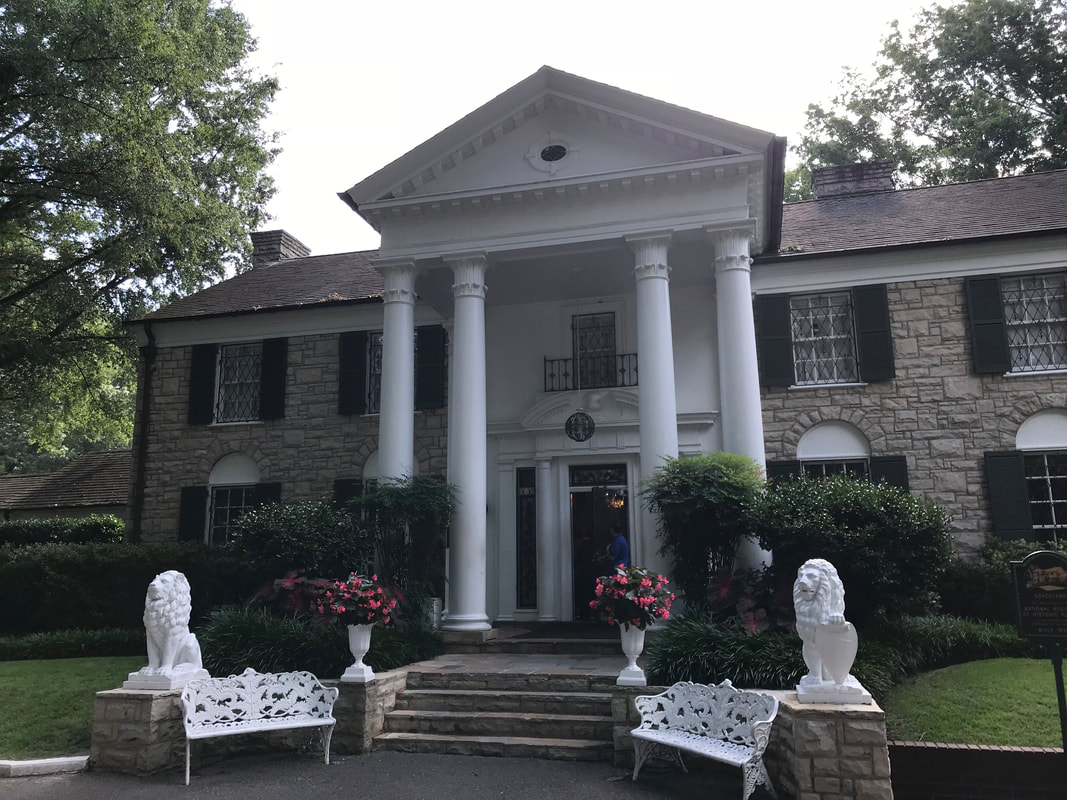
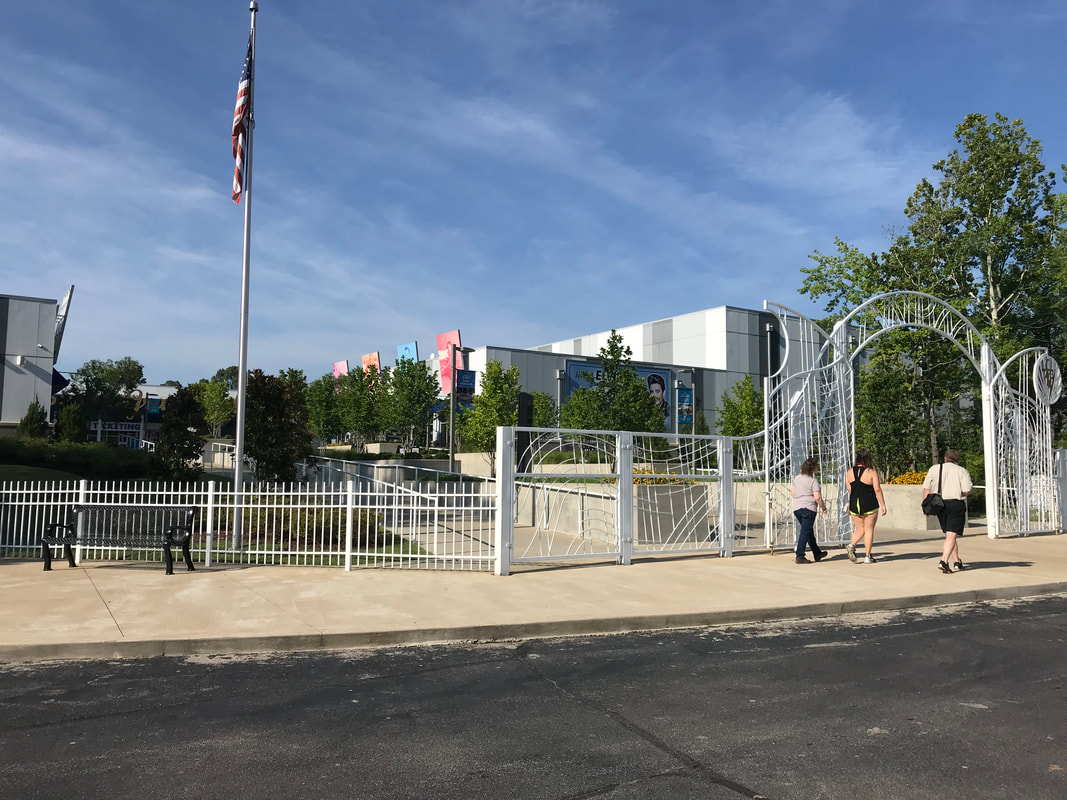
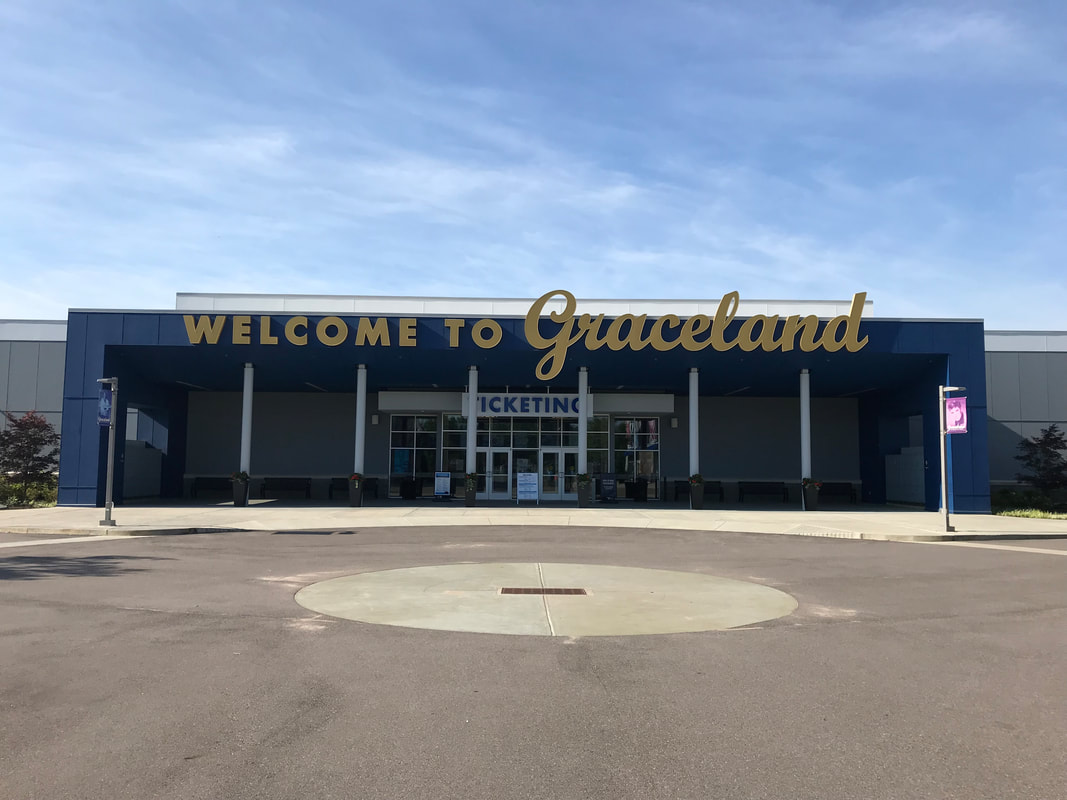
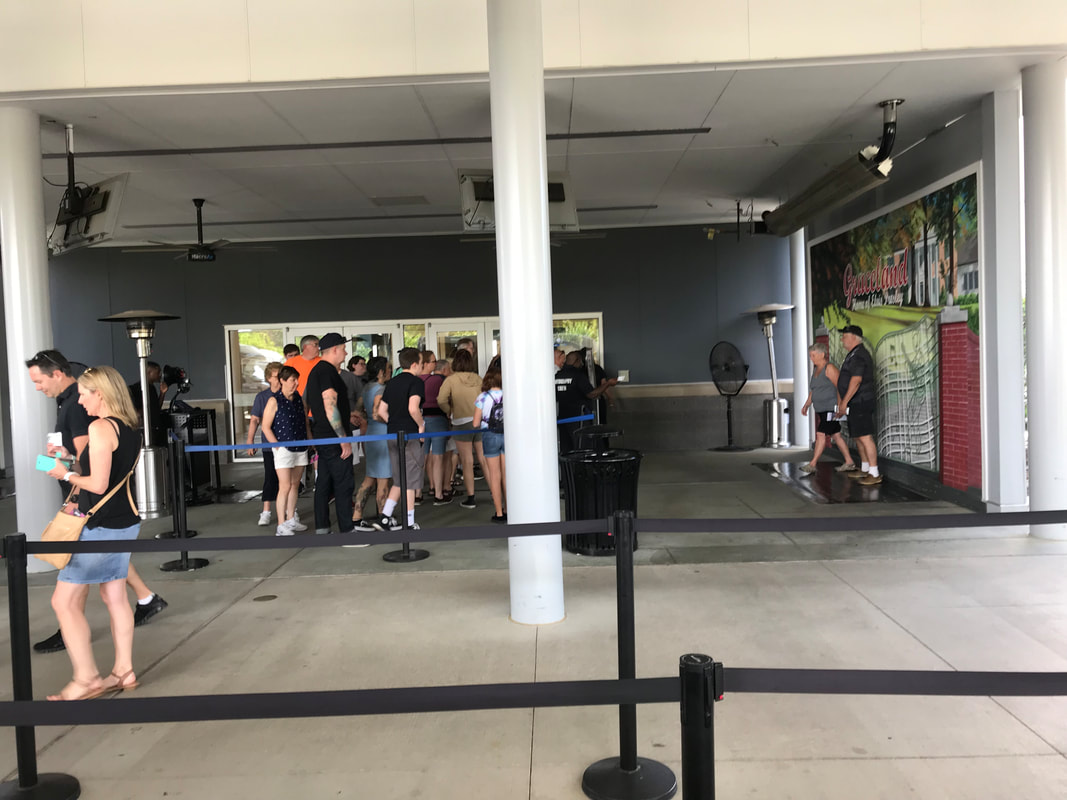
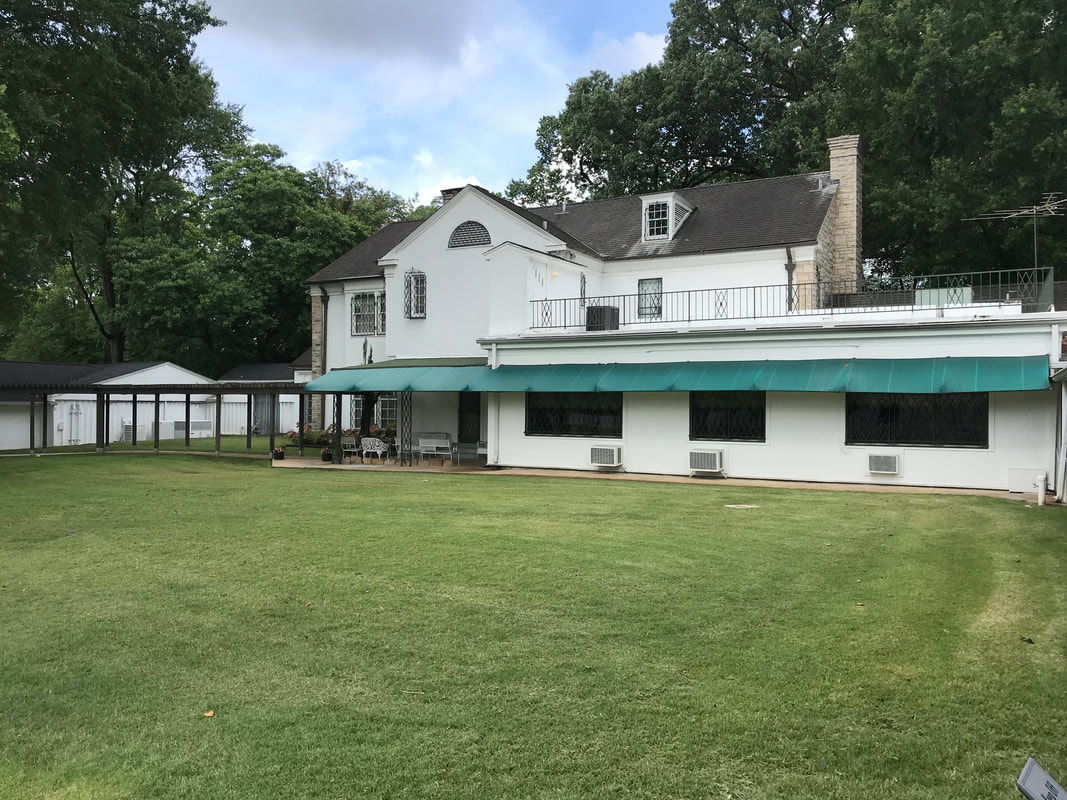
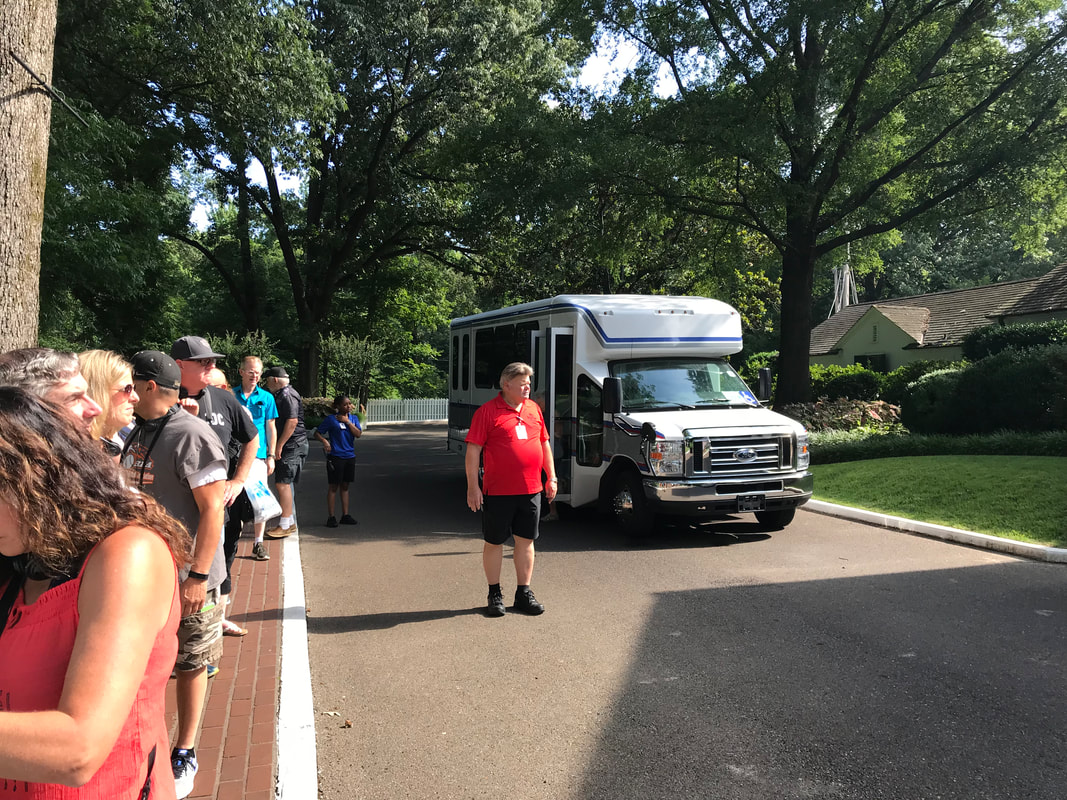
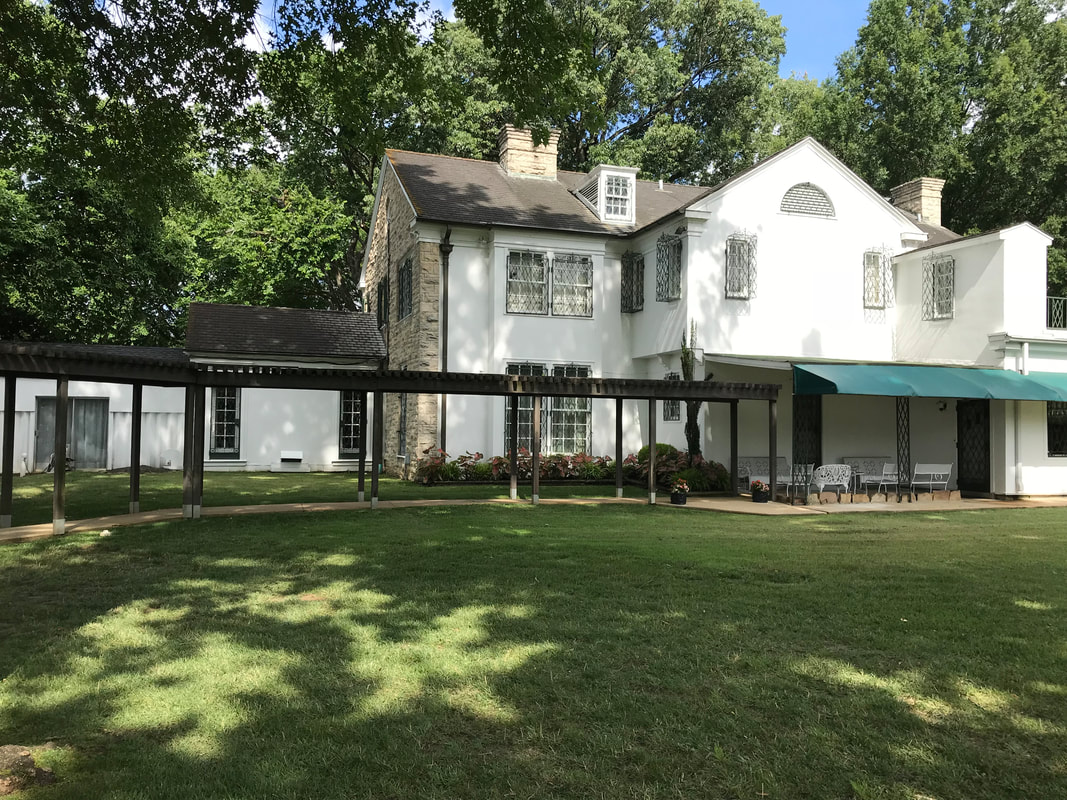
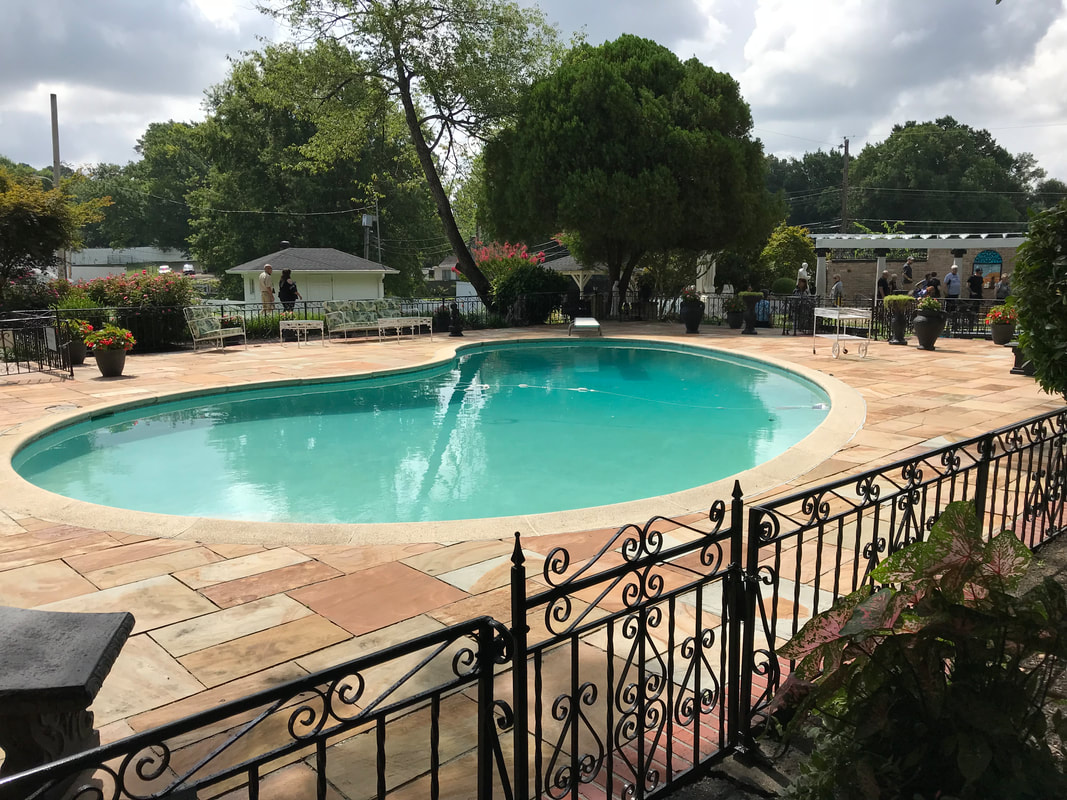
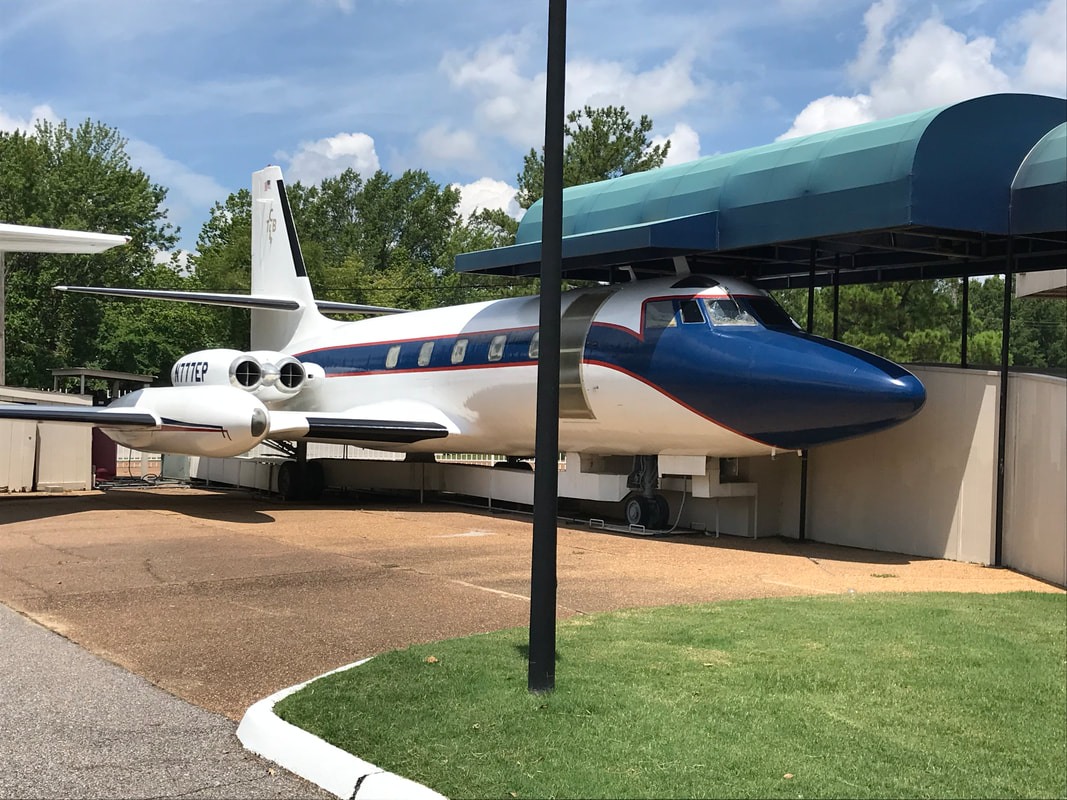
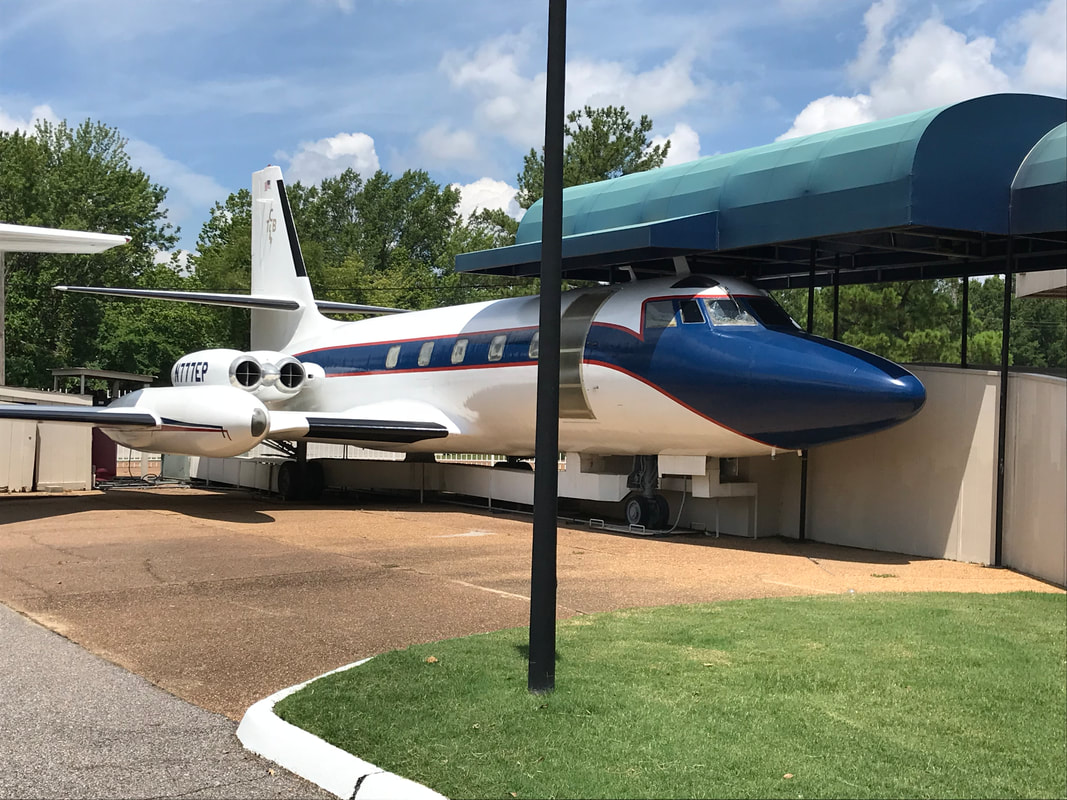
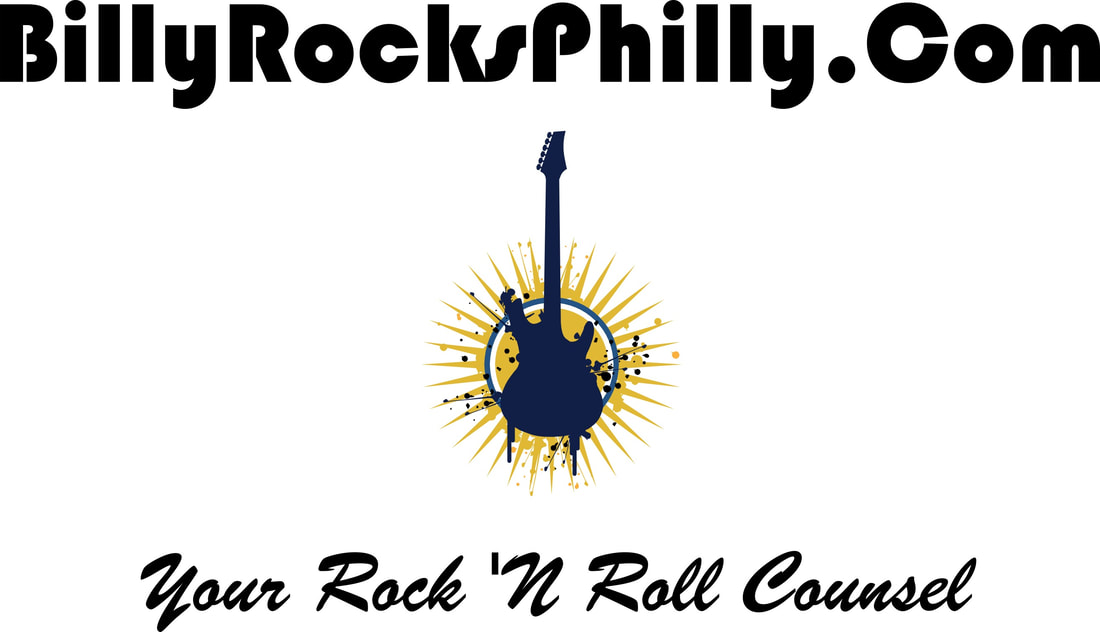
 RSS Feed
RSS Feed
